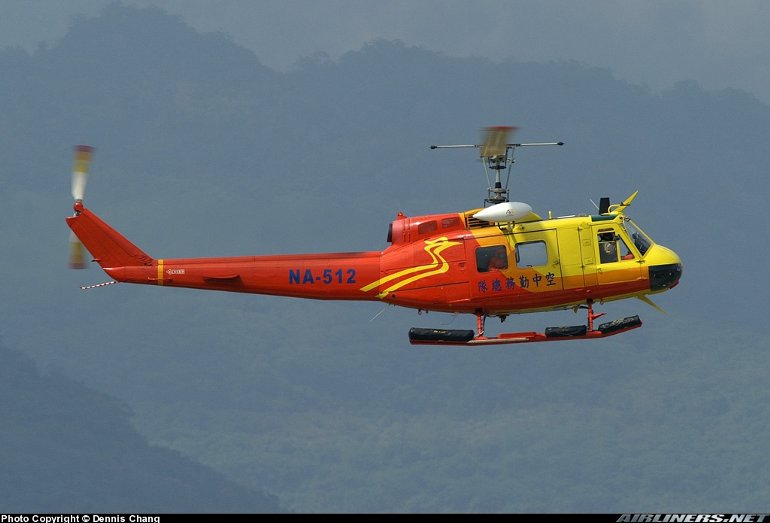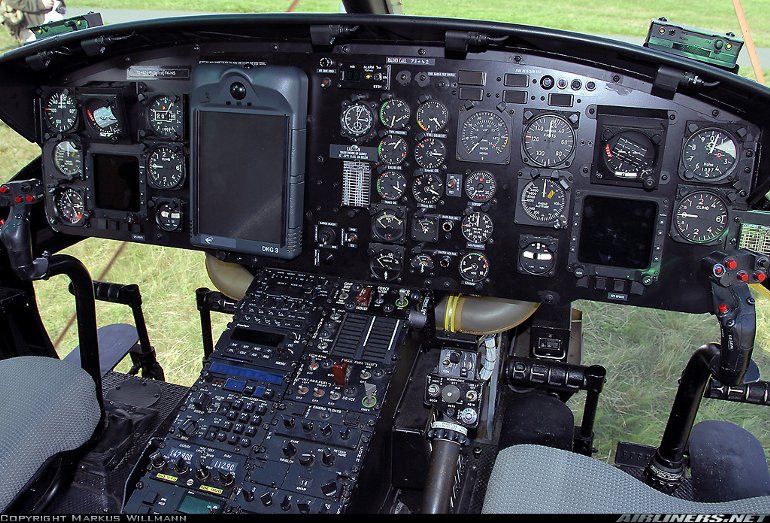Aircraft Technical Data
Bell 204/205/214B


| Details | |
| Country of Origin | United States of America |
| Type | Medium Lift Utility helicopter |
| History | The Bell Model 204B and 205A1 are the civil counterparts to the highly successful UH1B and UH1H Iroquois military helicopters. Bell designed the Model 204 in response to a 1955 US Army requirement for a multi-purpose utility helicopter. The 204 was something of a quantum leap forward in helicopter design as it was one of the first to be powered by a turboshaft. The turboshaft engine radically improved the practicality of the helicopter because of its lower maintenance and operating costs, lower fuel consumption, light weight and high power to weight ratio. The use of a turboshaft in the 204 allowed it to carry a useful payload over respectable ranges and at reasonable speeds, which resulted in the 204 and 205 becoming the most successful western helicopter series in terms of numbers built. The UH1B, from which the 204B was derived, was first delivered March 1961. The subsequent Model 205A1 is based on the UH1H, which, when compared to the B model, is greater in length and capacity, has better performance and a more powerful engine. In civil guise the 204 and 205 have been operated in a number of utility roles including aerial cranes and firebombing. The 214A & C were developed for Iran from the 214 Huey Plus (an improved version of the 205), powered by a massive 2185kW (2930shp) Lycoming LTC4B-8D (with more than twice the power of the 205's T53). Iran's Army took delivery of 287 214A Isfahan troop carrier and supply transport helicopters during the 1970s, while another 39 were delivered as 214C SAR helicopters. A commercial derivative, the 214B BigLifter, powered by a 1185kW (2930shp) Lycoming T5508D turboshaft, was built in smaller numbers for civil customers through to 1981. Its main use is as an aerial crane. |
| Powerplants | 204B - One 820kW (1100shp) Lycoming T5311A turboshaft driving a two blade main rotor and a two blade tail rotor. 205A1 - One 932kW (1250shp) Lycoming T5313B turboshaft derated from 1050kW (1400shp). 214 - One 2185kW (2930shp) Lycoming T5508D or LTC4B-8D turboshaft. |
| Performance | 204B - Max speed 222km/h (120kt), max cruising speed 217km/h (117kt). Initial rate of climb 1600ft/min. Range with reserves 370km (200nm). 205A1 - Max speed 204km/h (110kt), cruising speed 180km/h (97kt). Initial rate of climb 1680ft/min. Range 553km (300nm) at 8000ft. |
| Weights | 204B - Empty 2085kg (4600lb), max takeoff 4310kg (9500lb). 205A1 - Empty 2414kg (5323lb), max takeoff 4765kg (10,500lb) with external load. |
| Dimensions | 204B - Main rotor diameter 14.63m (48ft 0in), fuselage length 12.69m (41ft 8in), height 4.45m (14ft 7in). Main rotor disc area 168.0m2 (1808sq ft). 205A1 - Same except for fuselage length 12.65m (41ft 6in). |
| Capacity | 204B - Total accommodation for 10 people, including one or two pilots, or 1360kg (3000lb) of freight. 205A1 - Total accommodation for 15 including one or two pilots plus 1815kg (4000lb) of cargo internally, or 2270kg (5000lb) externally on a sling load. Air ambulance configuration for six stretchers and one or two medical attendants. |
| Production | Over 60 civil Model 204Bs were delivered by 1967, while further examples were built by AgustaBell up until 1973. 12,000 Model 205s (including civil 205A1s) were built by Bell and AgustaBell up to the early 1980s. |
| Related Links | Bell 204/205/214B |
The backbone of this section is from the The International Directory of Civil Aircraft by Gerard Frawley and used with permission. To get your own copy of the book click here. |
|








